Brass CNC machining
Brass CNC machining
Brass CNC cuttingServices
Brass CNC machining commonly uses processes such as brass CNC milling, brassCNC turning, brass CNC turn-milling, brass CNC Swiss machining, and brass CNC automatic lathe machining.
CNC Milling Brass
CNC milling brassis a machining method that involves securing the brass workpiece using fixtures and utilizing tools on a machining center or milling machine to rotate longitudinally, thereby cutting the brass workpiece and obtaining brass components of different shapes. This machining method is applicable for processing flat, curved, and complex-shaped brass parts. Due to brass’s excellent ductility, it finds widespread application in various machining processes, making brass milling a more prevalent method of machining.
The advantages of brass milling lie in its high machining precision and excellent surface quality, but relatively slow machining speed leads to higher costs.
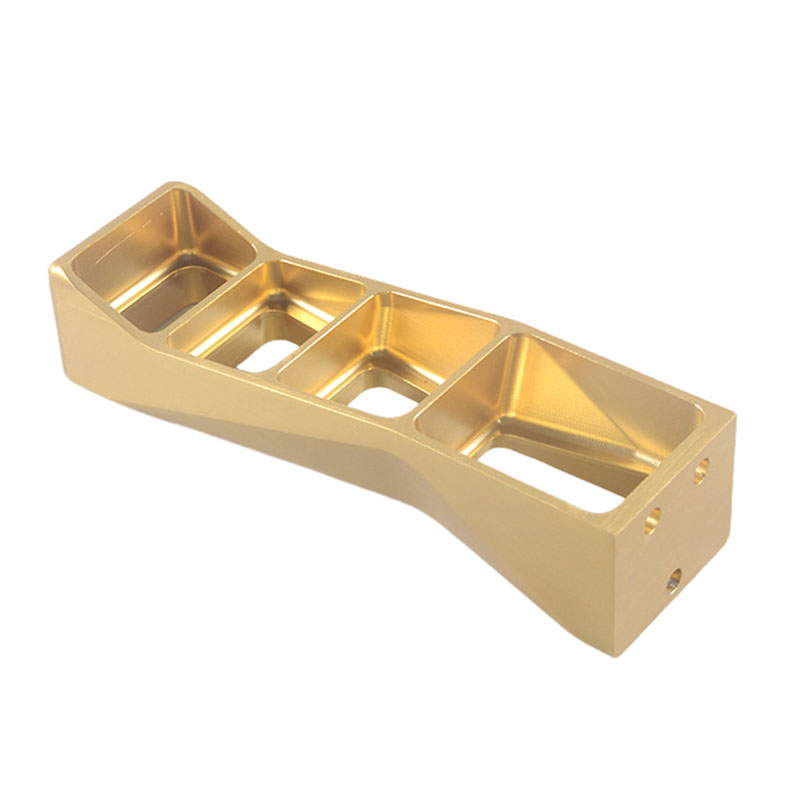


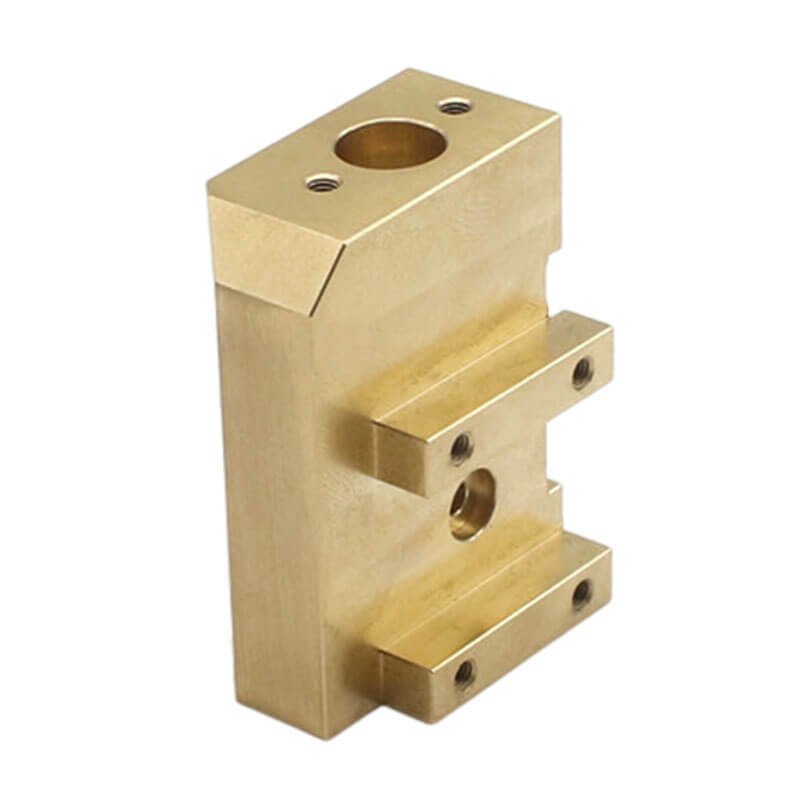


CNC Turning Brass
In general, CNC brass turning is a machining method that involves securing the brass workpiece using a lathe fixture, allowing it to rotate, and then using the tool to move back and forth to cut the brass workpiece. This method is suitable for machining brass rotating parts, typically using brass tubes or rods as raw materials. Brass turning is suitable for processing parts with high precision requirements and rotating components with complex surface shapes. It is also suitable for machining parts with high surface roughness requirements. Additionally, brass turning features constant linear speed cutting, enabling it to machine parts with special types of threads, handle lateral machining of rotating components, and achieve hardening work through carburizing grinding methods.
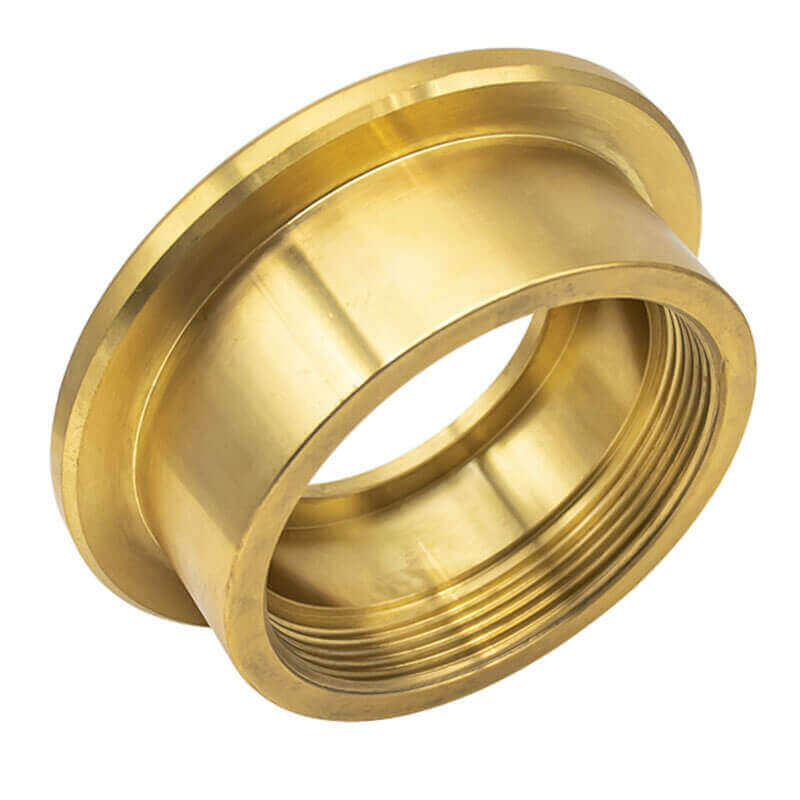




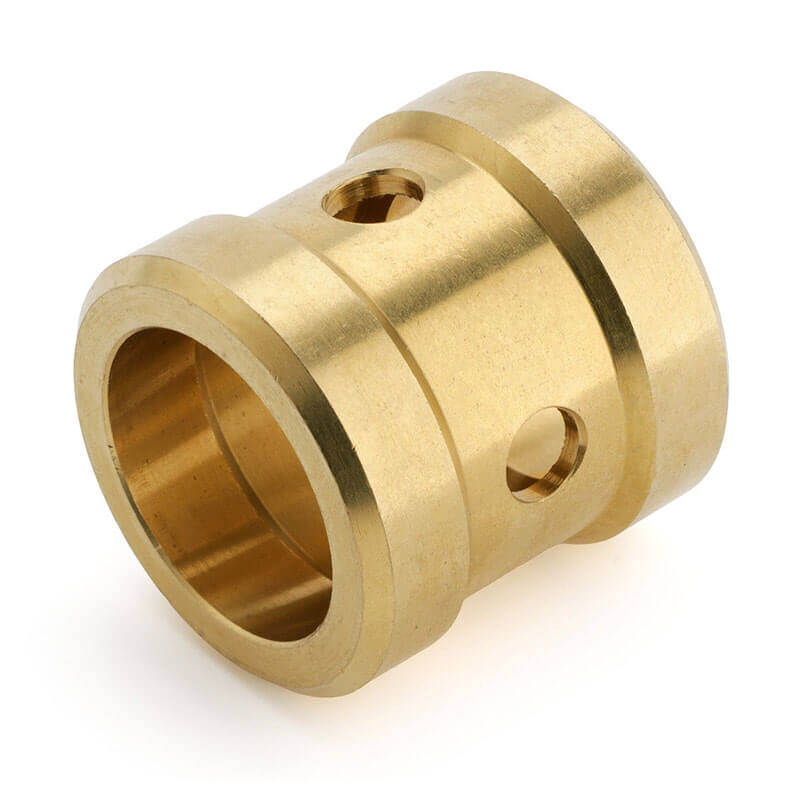
CNC Milling and Turning Brass
CNC Brass turning-milling machining is a commonly used processing method that combines brass turning and milling processes on a single CNC machine, referred to as a turning-milling machine. Through this machine, the brass workpiece and the cutting tool can rotate simultaneously, enabling efficient and precise cutting of complex surfaces and shapes on the brass workpiece. The compound machining of brass workpieces not only improves processing efficiency but also makes it possible to handle more intricate brass components, significantly enhancing processing accuracy. As a result, this technology has been widely welcomed and applied.

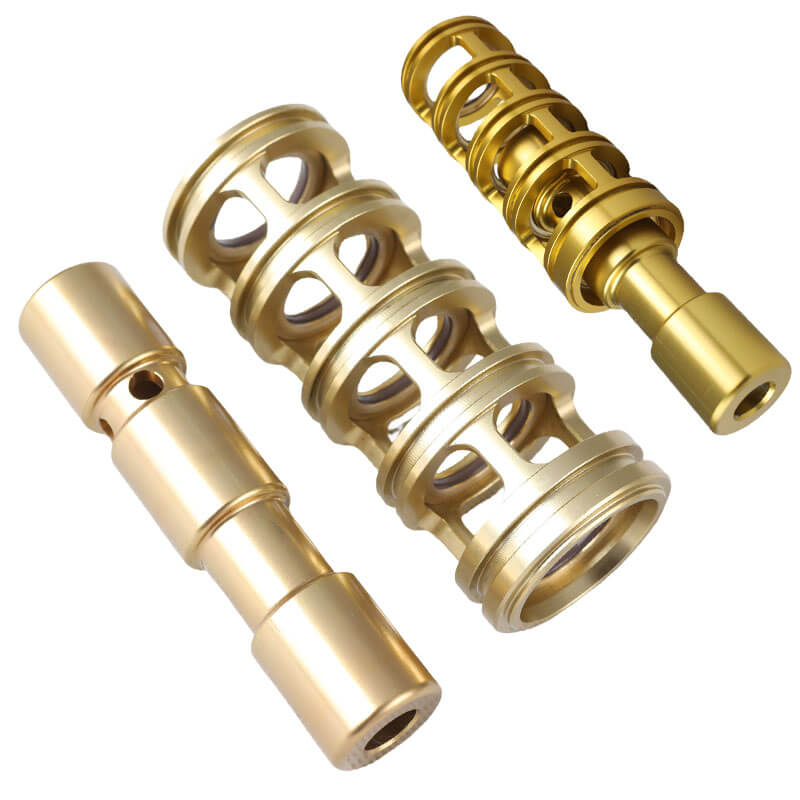
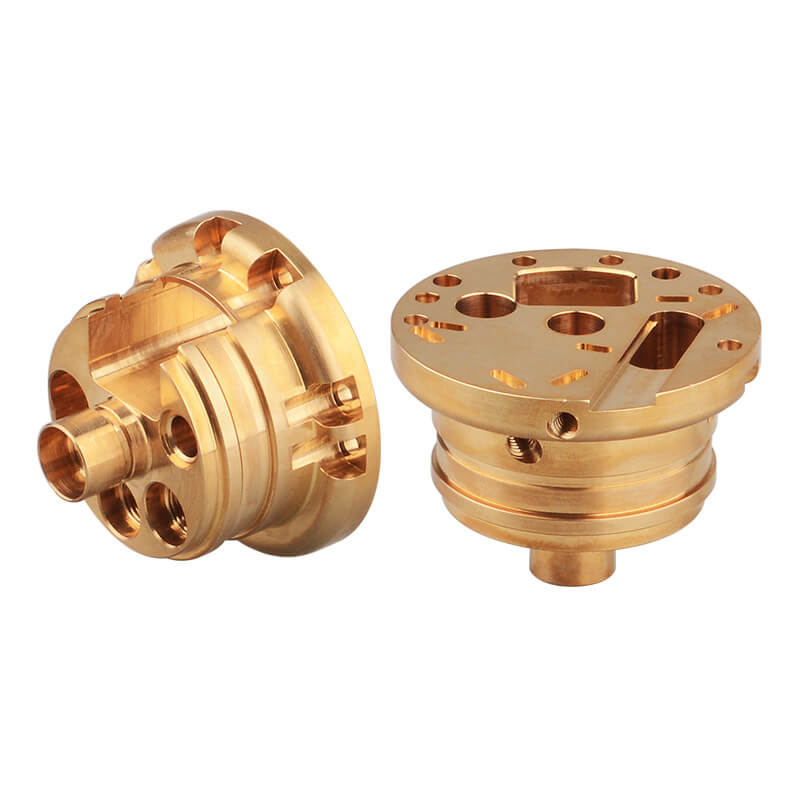
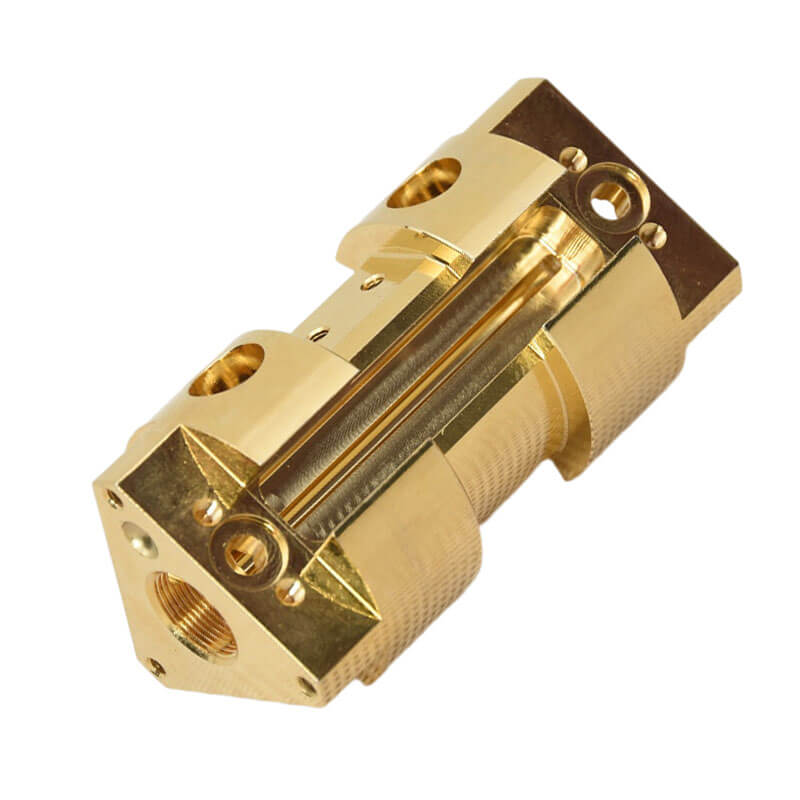


CNC Swiss Machining Brass
Brass CNC Swiss machining is an efficient and precise cutting method that utilizes imported Citizen equipment from Japan. The principle involves installing a Swiss-type device on a conventional lathe, allowing both the workpiece and the cutting tool to rotate simultaneously. By adjusting the workpiece’s position on the lathe, an optimized cutting path is achieved, thereby accomplishing the machining objectives. This processing method is particularly suitable for the mass production of small and slender brass components, such as brass shafts, brass valve cores, brass connector terminals, and more.
When machining brass workpieces, this method offers the following advantages: improved machining precision, increased production output, suitability for complex shapes, and enhanced workpiece quality. It has become an indispensable machining technique in today’s technological advancements.
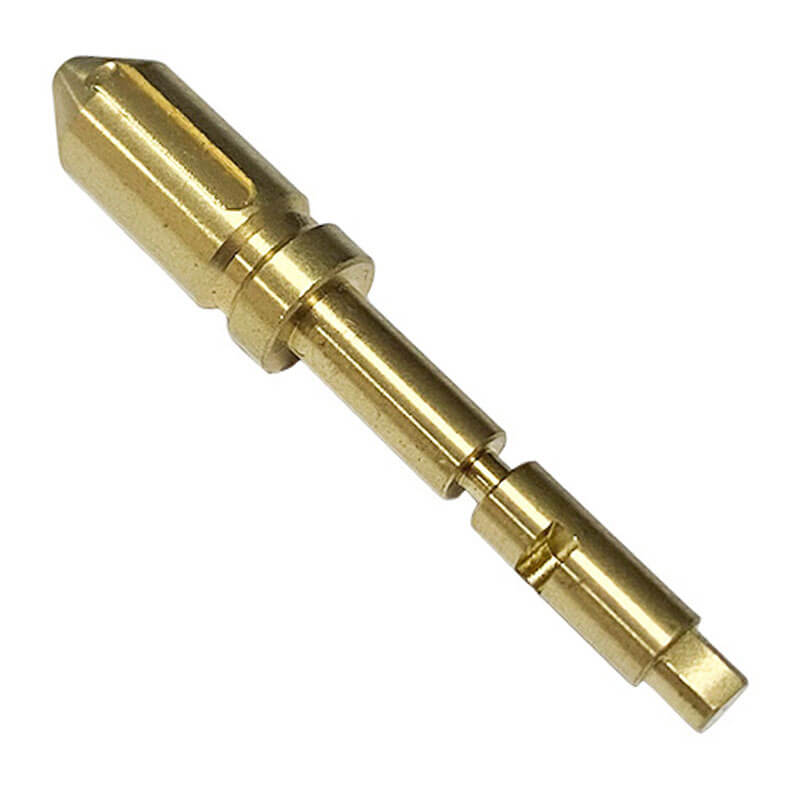
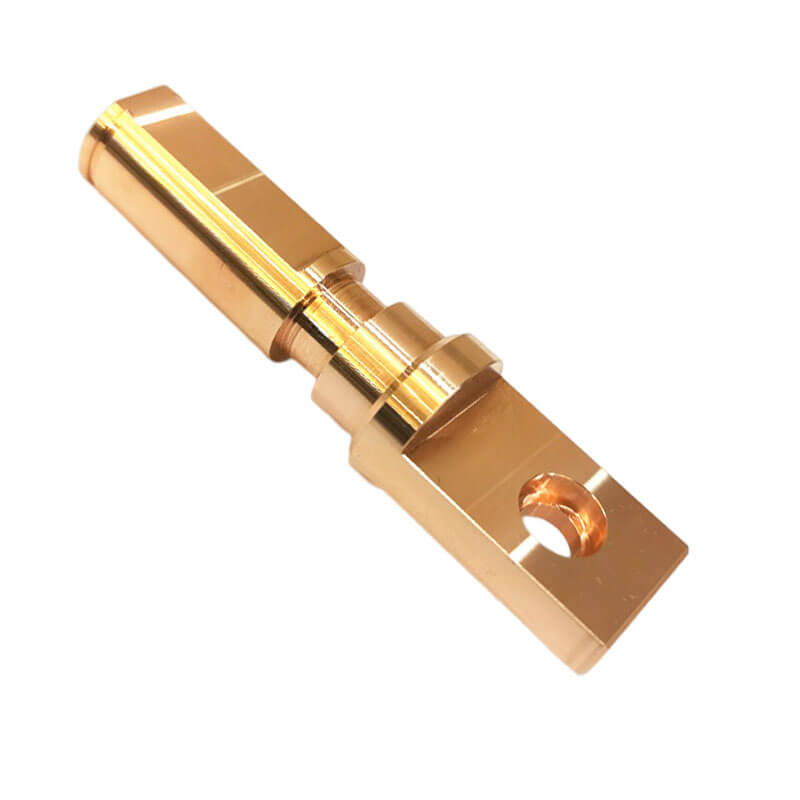

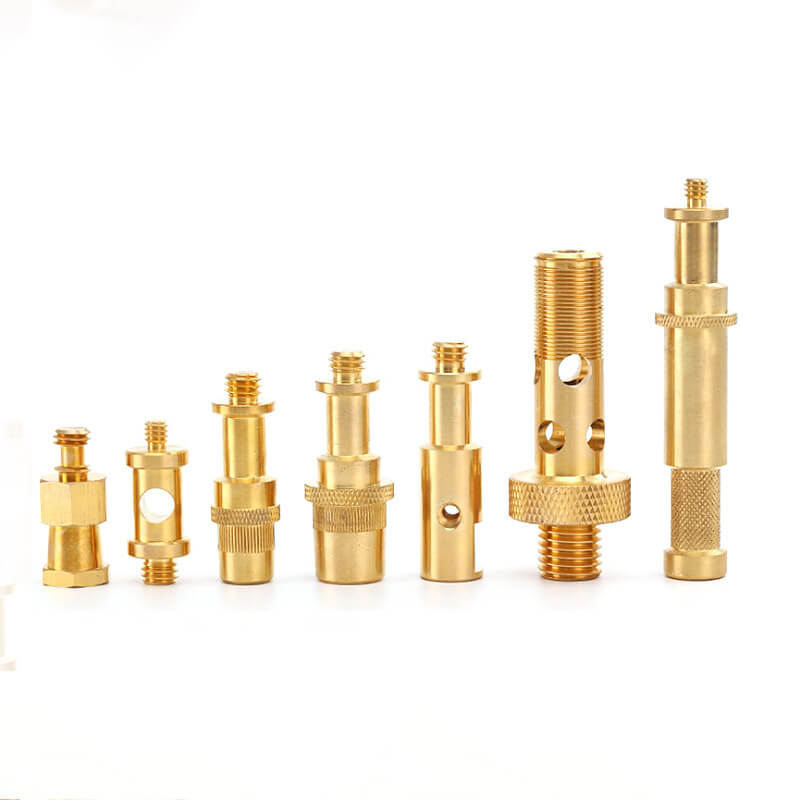

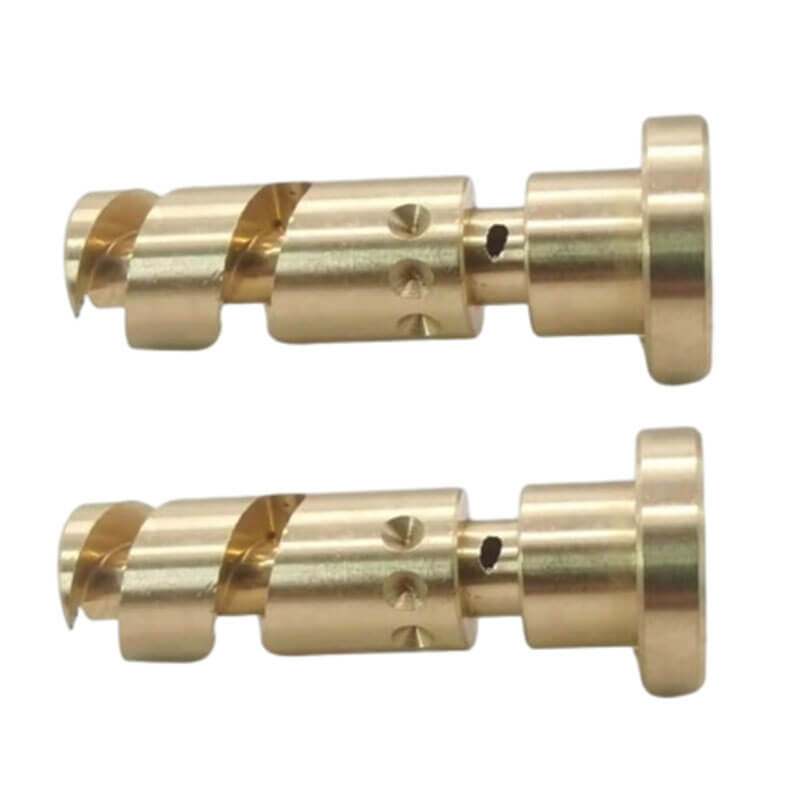
CNC automatic lathe machining Brass
CNC Automatic lathe brass machining and Swiss-type brass machining are both processes used for small brass component manufacturing, primarily applied in industries like electronics for producing accessories. Automatic lathe utilizes mechanical linkages and feeders for one-time machining, offering high processing efficiency and workpiece precision advantages. Typical brass components processed include brass nuts, screws, bolts, shafts, gears, probes, contact pins, etc., using brass rods or tubes as raw materials. They can be ordered in large quantities at a lower unit price and have a rapid processing speed.
The advantages of automatic lathe machining for small brass components are as follows:
High efficiency: A single automatic lathe can process a large quantity of products, making it suitable for mass production.
High precision: The machining precision can reach +-0.005mm, meeting the requirements for electronic industry accessories.
Wide applicability: It can process various shapes of brass components, meeting different application needs.
Cost-effective: Brass rods or tubes, as relatively low-priced raw materials, help reduce costs.
Fast delivery: Due to the fast processing speed, it can shorten the delivery cycle.

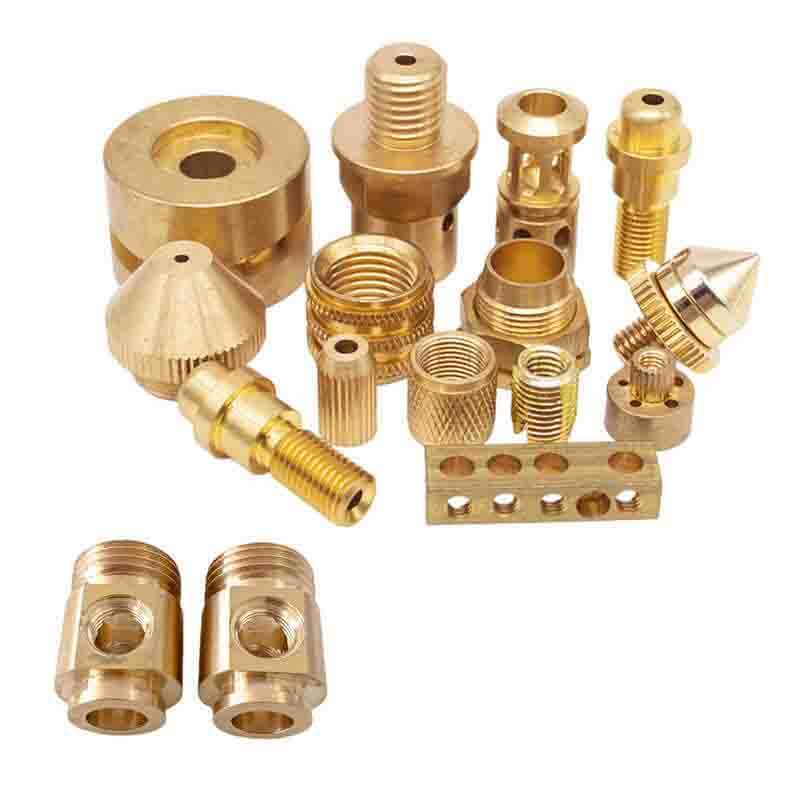




Brass Machining Method
Three common ways to prepare brass materials for CNC machining, and which type of brass material would we choose for CNC machining?
Before conducting CNC machining of brass materials, we will select the appropriate type of brass material based on the drawings or samples. Typically, we consider using brass rod material, forged brass, or cast brass. The subsequent CNC machining process will save time and costs. Therefore, I will briefly introduce the characteristics of these three types of brass materials.
| Picture | Type | Manufacturing Method | Advantages | Applications | Manufacturing Process | Processing Materials | Applicable Brass Alloy Grades |
|---|---|---|---|---|---|---|---|
 | Forged Brass | Heating brass to a certain temperature and subjecting it to impacts or shearing using tools like hammers or presses for forced plastic deformation and shaping. | Elimination of defects, optimized microstructure, uniform and good mechanical properties. | Critical components subjected to high loads and severe working conditions like valves, pipe fittings, hardware, etc. | Heating, plastic deformation, shaping, heat treatment, surface treatment | Brass alloys (brass and zinc) | C36000 C46400 C37700 C48500 C26000 C17200 C23000 |
 | Extrusion Brass | Formed through extrusion or drawing processes. | Better tensile strength, higher hardness, and improved straightness compared to continuous cast brass bars. | Precision brass parts in automotive, medical equipment, electrical components, etc. | Extrusion, drawing, annealing, finishing | Brass alloys (brass and zinc) | C36000 C38500 C27200 C26000 C46400 C28000 |
 | Casting Brass | Melting solid brass into a liquid state and pouring it into specific molds to solidify and take the desired shape. | Low manufacturing costs, high process flexibility, production of complex and large castings. | Mechanical manufacturing, machine tool applications, automotive industry, tractor manufacturing. | Mold making, casting, heat treatment | Brass alloys (brass and zinc) | C83600 C87300 C92200 C93200 C84400 C90300 |
What are the surface treatments of brass?
Surface treatments of brass products come in various methods. Depending on different customers, products, and applications, which can choose different treatment methods. However, their common goal is to protect the brass surface from corrosion and oxidation. Here is a brief introduction to common surface treatment methods for brass products, which you will surely find useful.
| Picture | Surface Finishing | Principle | Process | Materials | Advantage | Disadvantages and costs | Application | Learn More |
|---|---|---|---|---|---|---|---|---|
 | Brass Chemical Polishing | Chemical reaction to remove oxidation layer and restore brightness | Dip directly into brass polishing solution for manual control of surface dimensions. | Brass, polishing solution | Quickly restore a bright appearance and remove oxidation layer. | Surface dimensions may change and require further processing. | Decorative items, light fixtures, cutting tools, and so on. | Learn More |
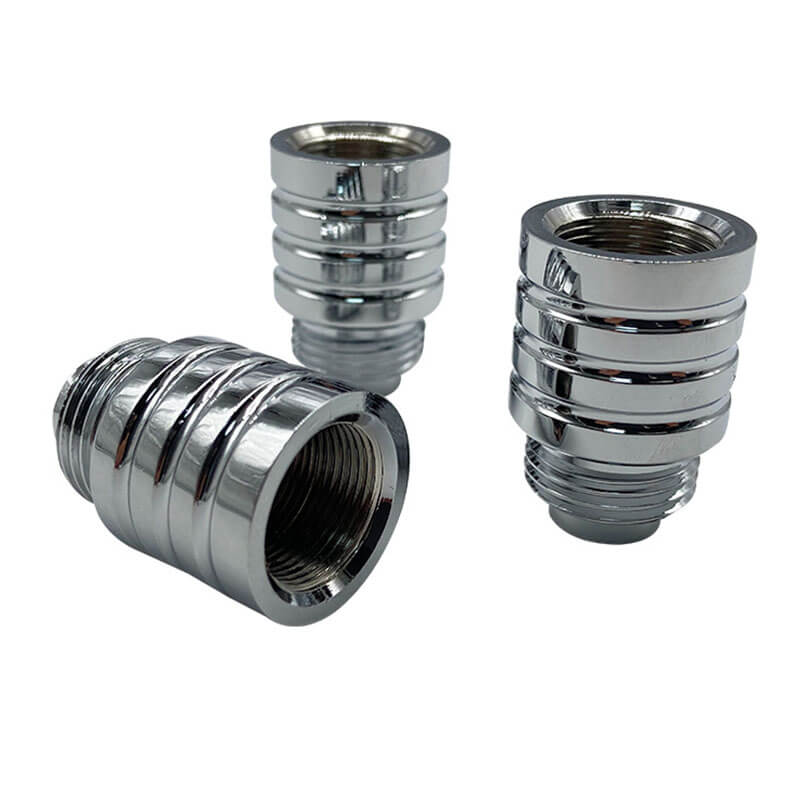 | Brass Chromium Plating | The electroplating layer enhances heat resistance, provides polishing, and wear resistance. | Electroplate a layer of chromium on the surface of brass. | Chromium, brass | High-temperature resistant, corrosion-resistant, acid-resistant, and wear-resistant | Color may change at high temperatures, and the cost is higher | Mechanical components, automotive parts, and so on | Learn More |
 | Brass Nickel Plating | Nickel plating enhances appearance and corrosion resistance | Electroplate a layer of nickel on the surface of brass. | Nickel, brass | Enhance appearance, corrosion resistance, increase hardness, and wear resistance. | Limited temperature tolerance, not suitable for certain shapes, higher cost. | Electrical, electronic products, mechanical components, etc. | Learn More |
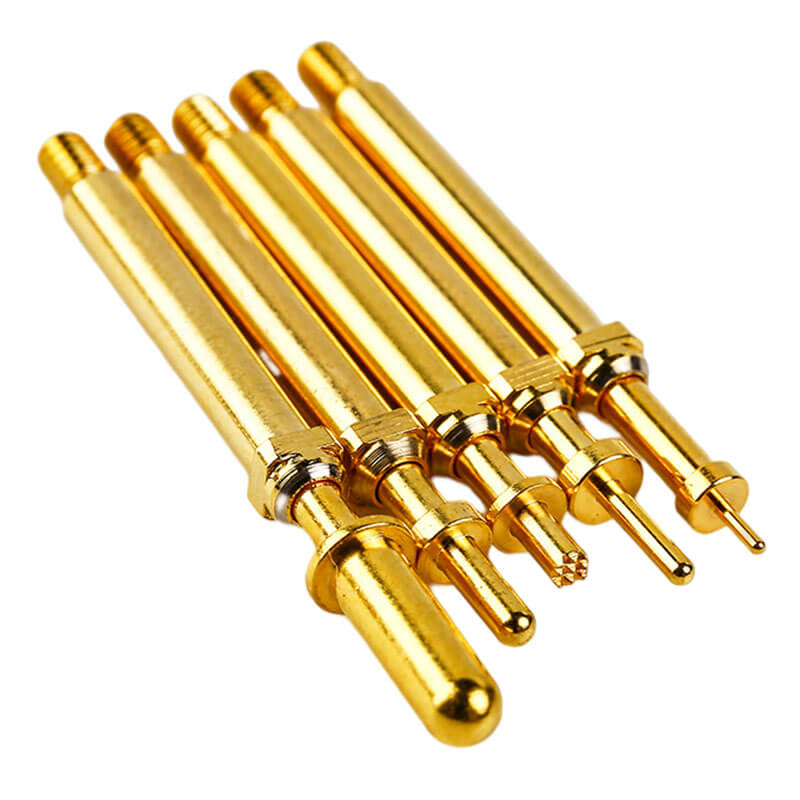 | Brass Gold Plating | Gold layer for protection and decoration | Electroplating a layer of gold onto the nickel layer. | Gold, nickel, brass | Protective and decorative effects, corrosion resistance, low contact resistance. | The gold plating layer may weaken and requires the selection of an appropriate process. | High-end furniture, tableware, decorations, and so on. | Learn More |
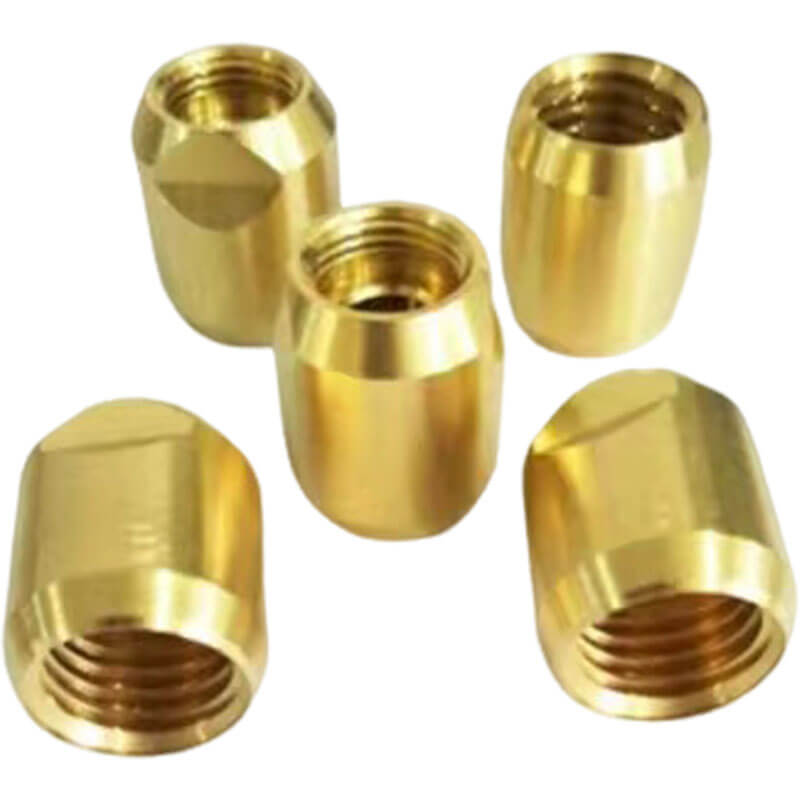 | Brass Passivation | Preventing oxidation and corrosion. | Treating the brass surface with a passivating agent. | Brass products, passivating solution. | Extend resistance to salt spray corrosion, without affecting appearance and performance, and without compromising the product's conductivity. | Low cost, environmentally friendly, free of hexavalent chromium, compliant with EU RoHS. | Electrical products, pipes, door handles etc. | Learn More |
What are the commonly used materials for CNC brass machining?
H59 (C28000) Brass:
59 Brass is the most widely used, cost-effective, with 59% copper content, high strength, and strong corrosion resistance.It finds widespread applications in mechanical machining, architectural decoration, and other fields.
H62 (C27400) Ordinary Brass:
H62 brass has good mechanical properties, good ductility in the hot state, and acceptable ductility in the cold state. It has good machinability and slightly higher strength and hardness compared to H59 brass, but it is less tough and can be prone to corrosion cracking You can find the presence of copper alloy 62 in products such as pressure gauge springs, radiator components, washers, pins, rivets, nuts, screens, and more, as it is predominantly used in manufacturing these parts.
H65 (C27000) Ordinary Brass:
H65 brass has properties between H68 and H62 brass. It is cheaper than H68 brass and exhibits decent strength and ductility.It can generally be processed using cold pressing and hot pressing methods. However, due to its inherent characteristics, there is a tendency for corrosion and cracking. Therefore, it is only suitable for processing springs, screws, bolts, nuts, rivets, and other everyday items and small hardware components.
H68 (C26800) Ordinary Brass:
H68 brass has excellent ductility (one of the best among brass grades) and relatively high strength. It has good machinability and is easily weldable. However, it is not suitable for general corrosion-resistant applications as it can be prone to cracking. It is one of the most widely used brass grades and is employed in complex cold stampings and deep-drawn components, such as radiator shells, conduits, corrugated tubes, shell casings, gaskets, detonators, etc.
H70 (C26000) Ordinary Brass:
H70 brass has excellent ductility (one of the best among brass grades) and relatively high strength. It has good machinability and is easily weldable. However, it is not suitable for general corrosion-resistant applications as it can be prone to cracking. It is used in complex cold stampings and deep-drawn components, similar to H68 brass, such as radiator shells, conduits, corrugated tubes, shell casings, gaskets, detonators, etc.
H75 Ordinary Brass:
H75 brass has good mechanical properties, processing performance, and corrosion resistance. It can be easily pressure processed in both hot and cold states and lies between H80 and H70 in terms of performance and economy. It is used for low-load corrosion-resistant springs.
H80 (C24000) Ordinary Brass:
H80 brass exhibits performance similar to H85 but with higher strength and good ductility. It has higher corrosion resistance in atmospheric, fresh water, and seawater conditions. It is used for papermaking nets, thin-walled tubes, corrugated tubes, and building materials.
H85 (C23000) Ordinary Brass:
H85 brass has higher strength and good ductility.Generally, it can withstand both high-temperature and low-temperature processing, is easily weldable, and has high corrosion resistance. It is commonly used in the fabrication of siphon tubes, cooling pipes, serpentine pipes, and other cooling equipment components.
H90 (C22000) Ordinary Brass:
H90 brass has performance similar to H96 but with slightly higher strength. It can be used for metal plating, extrusion, and enamel application. It is used for water supply and drainage pipes, medals, artworks, water tank straps, and bimetallic strips.
H96 (C21000) Ordinary Brass:
H96 brass has higher strength compared to pure brass (but among ordinary brass, it is the lowest), and it has good thermal and electrical conductivity. It exhibits high corrosion resistance in atmospheric and non-aggressive environments and has good ductility, making it suitable for cold and hot-pressure processing, welding, forging, and tin plating. It does not exhibit stress corrosion cracking tendencies. It is used in general mechanical manufacturing for applications such as conduits, condenser tubes, radiator tubes, heat sinks, automotive water tank straps, and electrical components.
Brass CNC machining FAQs
For the CNC machining of brass on the CNC lathe 980, the spindle speed and feed rate can be configured according to different requirements.
For achieving an outer surface finish of 0.4 or higher, the spindle speed can be set at around 2000 RPM. By using the G99 command and setting a feed rate of approximately F0.08, the requirements are generally met. Alternatively, using the G98 command, the feed rate can be set to around F150. As for the depth of cut, setting it between 1 to 2 millimeters on one side usually works well.
Brass is a brittle material, and therefore, various types of cutting tools can be used for brass machining. For higher precision demands, it is recommended to purchase professional cutting tools. However, if the requirements are not very strict, manually sharpened tools can also be used, and they are relatively durable.
For machining internal holes, where precision requirements are generally lower, the spindle speed can be slowed down and set between 800 to 1500 RPM. The feed rate for internal hole machining can be set around F100.
In conclusion, for CNC machining of brass, different spindle speeds and feed rates can be configured based on the machining and surface finish requirements. The choice of cutting tools can be flexible depending on the precision demands, and both professional cutting tools and manually sharpened ones can achieve satisfactory results.
How much is the amount of cutting, feed and speed of brass parts turned by CNC lathe?
The cutting depth, feed rate, and spindle speed for CNC turning of brass components are typically as follows:
Cutting depth: Usually set at 3-4 millimeters.
Feed rate: Typically set at 0.25.
Spindle speed: The selection of spindle speed depends on the diameter of the workpiece and is generally determined based on the material of the workpiece and the cutting tool. Higher spindle speeds often result in better surface finish, while faster feed rates can increase machining speed. The cutting depth also affects the machining speed.
It is worth noting that:
Higher spindle speeds are not suitable for choosing large cutting depths. When selecting larger feed rates, medium to low spindle speeds allow the machine to have greater torque, which is suitable for larger cutting depths. However, the feed rate should not be too fast and needs to be adjusted appropriately.
The purpose of rough machining is to swiftly remove unnecessary material, enhance copper component production efficiency, and increase production output.while considering economy and machining costs. In semi-finishing and finishing stages, it is necessary to balance cutting efficiency, economy, and machining costs while ensuring machining quality.
The feed rate refers to the relative displacement between the workpiece and the tool in the feed motion direction, either per revolution or reciprocation of the workpiece or tool, or when the cutting tool completes one tooth rotation.
In conclusion, the cutting depth, feed rate, and spindle speed for CNC turning of brass components need to be adjusted reasonably based on specific machining requirements, workpiece dimensions, and materials to achieve efficient and high-quality machining results.
CNC machine tool cutting brass, spindle speed and feed speed about how much?
When cutting brass on a CNC machine, it is recommended to use the following parameters:
Spindle Speed: Set at approximately 1000 RPM. Higher spindle speeds are advantageous for cutting easily machinable brass.
Feed Rate: Set a higher feed rate, and the cutting speed is suggested to be around F100. This will improve machining efficiency.
If the cutting tools are well sharpened, and the machine’s performance allows, the following parameters can be used:
Cutting Depth: The cutting depth can be set at 5-6 millimeters. This depends on the quality of the cutting tools and the stability of the machine.
Spindle Speed: Continue to maintain around 1000 RPM, which is suitable for brass cutting characteristics.
CNC machining center have controlled by computer.They can logically process instruction programs and convert them into coded digital representations. Through control signals, they control the movements of the machine tool, achieving automated processing.Through programming, operators can precisely specify the machining path, cutting parameters, and tool movement trajectory and speed for the workpiece. CNC machine tools are suitable for complex, precision, small-batch, and multi-variety parts processing. They represent an important development direction in modern machine tool control technology, significantly improving production efficiency for enterprises.
When cutting brass on a CNC lathe, the feed rate of the cutting tool can be set within the following range:
Size of the Brass Workpiece: First, consider the size of the workpiece and choose appropriate cutting parameters based on its diameter and length.
Spindle Speed: Depending on the workpiece size and tool characteristics, the spindle speed can be set between 1500 to 2500 RPM.
Cutting Tool Feed Rate: Brass is a relatively soft material, so the feed rate can be relatively high. Generally, the feed rate can be set between 0.1 to 0.35. This feed rate ensures machining efficiency while minimizing the wear on the cutting tool.
Cutoff Operation: If it’s a cutoff operation, the feed rate can be set within a smaller range, approximately between F0.1 to F0.2, to ensure the smoothness and accuracy of the cutoff surface.
It is necessary to adjust the cutting parameters flexibly based on the specific requirements of the workpiece and the performance of the machine to achieve the best machining results. By controlling the feed speed, we can achieve both high processing efficiency and high-quality workmanship. Therefore, when cutting brass, selecting an appropriate feed rate is crucial.
When using a CNC lathe to turn brass parts, several factors need to be considered, such as material, cutting amount, and machine load. Below are some of my experienced tips:
Assuming the material size is 10, and you are turning an external diameter of 8 with a length of 20.
Spindle Speed: The machine’s spindle speed can be set between 5000 to 8000 RPM, depending on the machine’s performance and cutting requirements.
Feed Rate: The feed rate can be set between F0.1 to F0.15. If you need to consider the appearance of the turned surface, you can slightly slow down the feed rate to achieve a smoother surface finish.
For cases where the cutting amount is not significant, you can moderately increase the feed rate, but it still needs to be adjusted according to the specific situation.
For some domestically produced machines, it might not be possible to achieve very high spindle speeds. In such cases, it is necessary to slow down the spindle speed appropriately for turning.
In conclusion, turning any material requires adjustments and improvements based on the results obtained to fully leverage the machine’s performance. Considering the material, cutting amount, and machine characteristics, flexibly adjust the spindle speed and feed rate to achieve the best machining results.
Free Sample
Explore Other Materials

CNC Machining Titanium
Titanium is a lustrous transition metal with a silver color, low density, and high strength. It is an ideal material for typical applications in aerospace, medical, military, chemical processing, marine
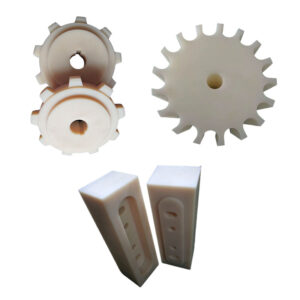
Nylon CNC Machining
Nylon is abbreviated as PA in English, and its full name is Polyamide. There are various types of nylon, including PA6, PA66, PA610, PA11, PA12, PA1010, PA612, PA46, and more.
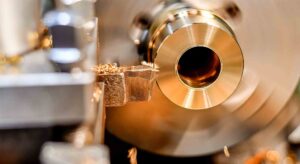
CNC Machining Bronze
There are many types of bronze, with commonly used ones including phosphor bronze, tin bronze, and aluminum bronze. Additionally, there are less commonly used types like beryllium bronze, silicon bronze,

